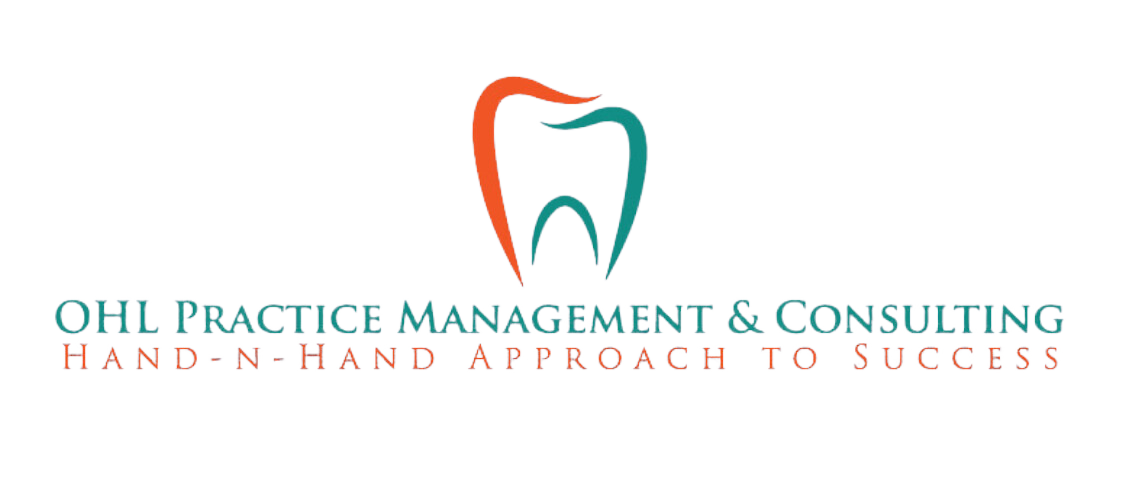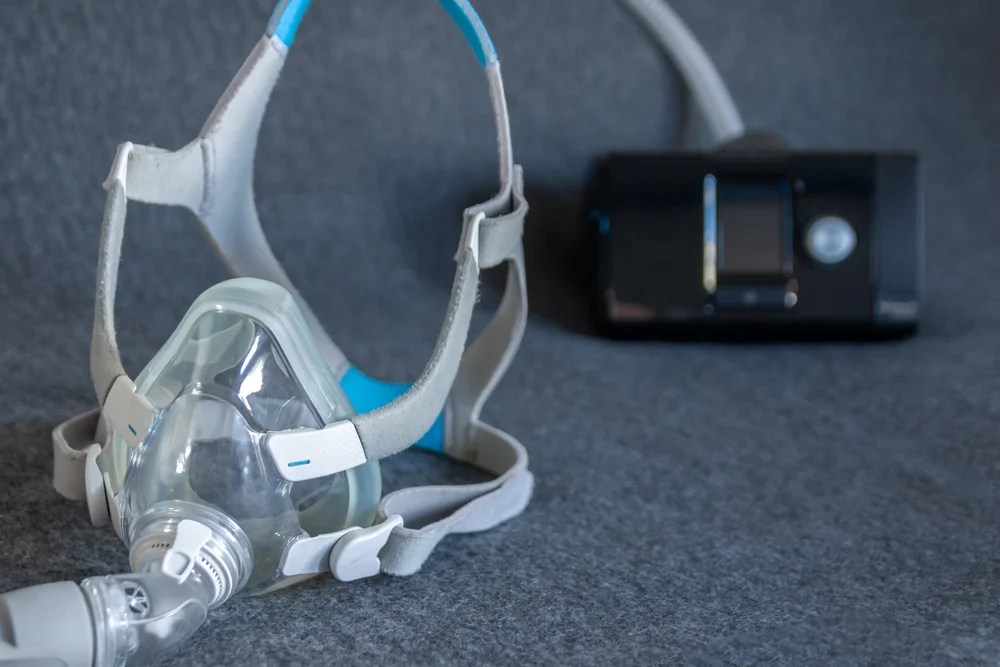Imagine transforming your dental practice while helping patients achieve better health through restful sleep. With over 30 million American adults suffering from sleep apnea and 80% remaining undiagnosed, dental sleep medicine offers an unprecedented opportunity for dentists to make a difference.
The field of dental sleep medicine has evolved significantly over the past decade. More patients are seeking alternatives to traditional CPAP therapy, and dentists are uniquely positioned to provide these solutions. Your expertise in oral anatomy and regular patient interactions creates the perfect foundation for identifying and treating sleep-disordered breathing.
Understanding Dental Sleep Medicine
Dental sleep medicine represents a specialized area of dentistry focused on using oral appliance therapy to treat sleep-disordered breathing, including snoring and obstructive sleep apnea. This field bridges the gap between dental expertise and sleep medicine, creating comprehensive solutions for patients who struggle with sleep disorders.
As a dental sleep medicine practitioner, you’ll work closely with sleep physicians to develop and implement effective treatment plans. Your deep understanding of oral structures combines with specialized training in sleep medicine to provide targeted interventions that can dramatically improve patients’ quality of life. This collaborative approach ensures patients receive the most appropriate and effective care for their specific conditions.
The Science Behind Sleep Apnea
Sleep apnea manifests in two primary forms, each requiring different treatment approaches. Understanding these variations is crucial for providing effective care and knowing when to refer patients to sleep specialists.
Obstructive Sleep Apnea (OSA) occurs when throat muscles intermittently relax and block the airway during sleep. This physical obstruction leads to repeated breathing interruptions, oxygen desaturation, and fragmented sleep patterns. The obstruction can result from various factors, including excess tissue, tongue position, or jaw alignment issues.
Central Sleep Apnea, while less common, presents unique challenges. In this form, the brain fails to send proper signals to the breathing muscles. Unlike OSA, there’s no physical blockage, making treatment more complex and often requiring different intervention strategies.
The Role of Dentists in Sleep Medicine
Your position as a dentist gives you unprecedented access to identify potential sleep disorders during routine examinations. Regular dental visits allow you to spot common indicators like worn teeth, enlarged tongue, or scalloped tongue borders – all potential signs of sleep-disordered breathing.
Your training in oral anatomy and understanding of airway dynamics makes you invaluable in treating sleep apnea. By expanding your practice to include sleep medicine, you’re not just adding a service – you’re providing essential healthcare that can prevent serious medical complications for your patients.
Treatment Options in Dental Sleep Medicine
Modern dental sleep medicine encompasses a range of treatment approaches, each designed to address specific patient needs and conditions. As a dental sleep medicine practitioner, understanding these options enables you to provide comprehensive care tailored to each patient’s unique situation.
Today’s dental sleep medicine offers multiple treatment paths, from traditional oral appliances to innovative systems that promote natural airway development. Each option serves different patient needs and can be used alone or in combination for optimal results. When selecting treatments, consider factors like patient age, severity of sleep apnea, anatomical considerations, and lifestyle requirements.
Mandibular Advancement Devices (MADs)
These devices represent the most widely used and researched treatment option in dental sleep medicine. They have proven particularly effective for patients with moderate to severe OSA who struggle with CPAP compliance:
- Custom-fitted appliances that reposition the lower jaw forward
- Success rates exceed 80% in properly selected patients
- Ideal for moderate to severe OSA patients who can’t tolerate CPAP
- Allows for precise calibration and adjustment
Tongue Retaining Devices (TRDs)
These devices offer an alternative solution for patients who may not be candidates for MADs. They work through a different mechanism that focuses on tongue position rather than jaw advancement:
- Hold the tongue in a forward position without jaw manipulation
- Excellent option for patients with TMJ issues
- Suitable for denture wearers
- Less invasive than MADs
The Vivos System
This system represents a breakthrough in dental sleep medicine, offering a potential permanent solution through gradual airway remodeling. This innovative approach addresses the root cause of sleep-disordered breathing:
- Revolutionary DNA appliance technology
- Promotes natural expansion of the airway
- Addresses root causes through pneumopedic principles
- Potential for permanent anatomical improvements
- Treatment duration typically 12-24 months
The Myobrace System
This comprehensive approach combines orthodontic benefits with breathing improvement, making it particularly valuable for developing patients. It focuses on natural development and proper oral function:
- Focuses on myofunctional correction
- Trains proper tongue positioning and breathing patterns
- Particularly effective for pediatric patients
- Combines orthodontic and breathing benefits
- Progressive treatment using different appliances
HealthyStart
This early intervention solution is specifically designed for growing children. The system takes advantage of natural growth patterns to establish proper airway development:
- Early intervention system for children
- Guides proper jaw development
- Addresses sleep-disordered breathing in growing patients
- Combines airway development with dental alignment
- Perfect for preventive treatment approaches
Myofunctional Therapy
This therapy serves as both a standalone treatment and a valuable complement to other interventions. It focuses on strengthening and retraining the muscles that control breathing, swallowing, and speaking:
- Exercises to strengthen orofacial muscles
- Complements other treatment modalities
- Improves tongue positioning and function
- Enhances treatment outcomes
- Can help prevent relapse
Understanding these treatment options allows you to develop comprehensive treatment plans that address both immediate symptoms and long-term airway health. The key is selecting the right treatment or combination of treatments based on thorough patient evaluation and specific presenting conditions.
Implementation in Your Practice
Starting a dental sleep medicine practice requires careful planning and systematic implementation. The first step involves obtaining proper training and certification in dental sleep medicine. This education should cover sleep study interpretation, appliance selection, and medical billing procedures.
Building relationships with local sleep physicians is crucial for success. These partnerships facilitate patient referrals and create a collaborative treatment environment. Regular communication with sleep physicians helps ensure comprehensive patient care and optimal treatment outcomes.
Required Training and Certification
Becoming proficient in dental sleep medicine requires dedicated education and ongoing training. Professional organizations like the American Academy of Dental Sleep Medicine (AADSM) provide comprehensive certification programs that cover essential aspects of sleep medicine.
The training process typically includes:
- Basic certification in dental sleep medicine
- Advanced courses in oral appliance therapy
- Medical billing and insurance coding education
- Sleep study interpretation training
- Patient screening and evaluation protocols
Success in dental sleep medicine requires commitment to continuous learning and staying current with the latest treatment approaches and technologies.
Getting Started with Ohl Consulting
Ready to transform your practice with dental sleep medicine? At Ohl Consulting, we understand the challenges of implementing new services in your practice. We provide comprehensive support to help you successfully integrate sleep medicine into your practice.
Here’s how we help:
- Customized implementation strategies
- Staff training programs
- Medical billing support
- Marketing assistance
- Ongoing mentorship and support
Don’t let this opportunity pass you by. Schedule a consultation with us to learn how we can help you build a successful sleep practice.
Frequently Asked Questions
Q: What certification do I need to treat sleep apnea?
A: You’ll need specific training in dental sleep medicine through recognized organizations like the AADSM. The certification process includes both theoretical knowledge and practical application of sleep medicine principles.
Q: How long does it take to implement sleep medicine in my practice?
A: With proper guidance and support, most practices can begin offering sleep medicine services within 3-6 months. The integration process includes staff training, equipment acquisition, and establishing referral networks.
Q: What’s the ROI for adding sleep medicine to my practice?
A: Most practices see positive returns within the first year. The combination of medical billing opportunities and increased patient referrals can significantly impact practice revenue.
Q: How do I bill medical insurance for sleep appliances?
A: Medical billing for sleep appliances requires specific coding and documentation. Professional training and support services can help you navigate this process effectively.
Q: What’s the first step to get started?
A: Schedule a consultation with Ohl Consulting to discuss your practice’s specific needs and goals in implementing dental sleep medicine. We’ll help you develop a customized plan for success.
Contact Ohl Consulting today to begin your journey into dental sleep medicine. Let us help you expand your practice while making a significant difference in your patients’ lives.






